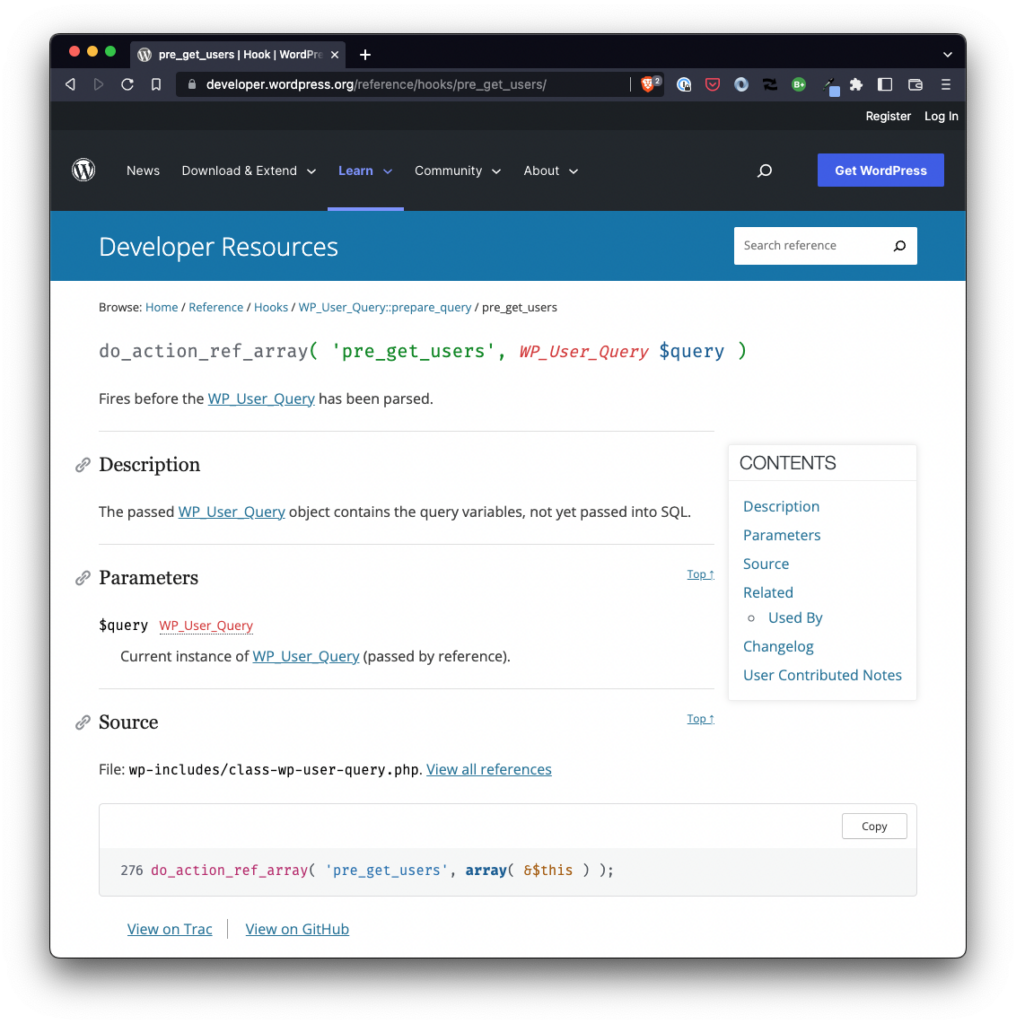The first two articles in this series have been long. Not only long in terms of the content they cover, but long in comparison to the usual content I write. Part of this is because of the nature of what I’m trying to cover and part of it has to do with getting the basic plugin going.
We’re at a point now, though, where we can start to shorten the length of the article and focus more narrowly on the functionality and its implementation.
If you’re stumbling across this series and this is the first post you’re reading or you’ve not done any of the work prior to get everything off the ground yet (as I don’t have a GitHub repository set up for this plugin just yet – and that’s on purpose 🙂), here’s what’s been covered so far:
- Required Tools, Plugin Structure, Dependencies, Block Metadata
- The Backend, The Frontend, Functionality, Styles, a Working Demo
In the previous article, I stated:
In the next article, we’ll start talking about how we can edit text within the context of the Block Editor, how to save the changes, and then view them on the frontend.
Originally, I planned to cover the following in a single article:
- convert the element in the block editor into a field we can edit,
- save the content of the field,
- render the content that’s above
Instead, I’m going to cover just the first point above so we can focuses solely on the editor and how to manipulate data within its context. Then we’ll follow the article up with how to save the content and render it on the frontend.
Continue reading


